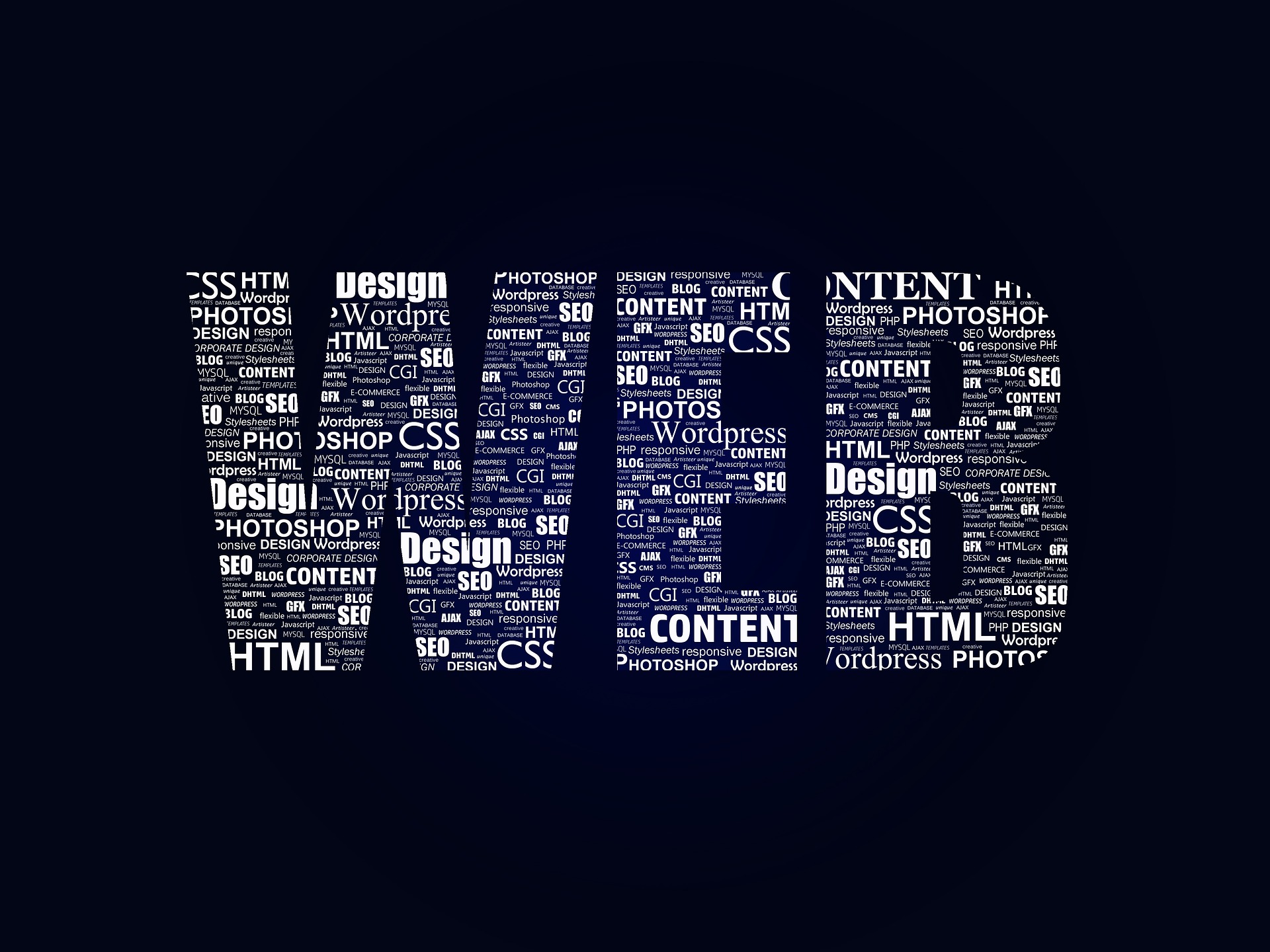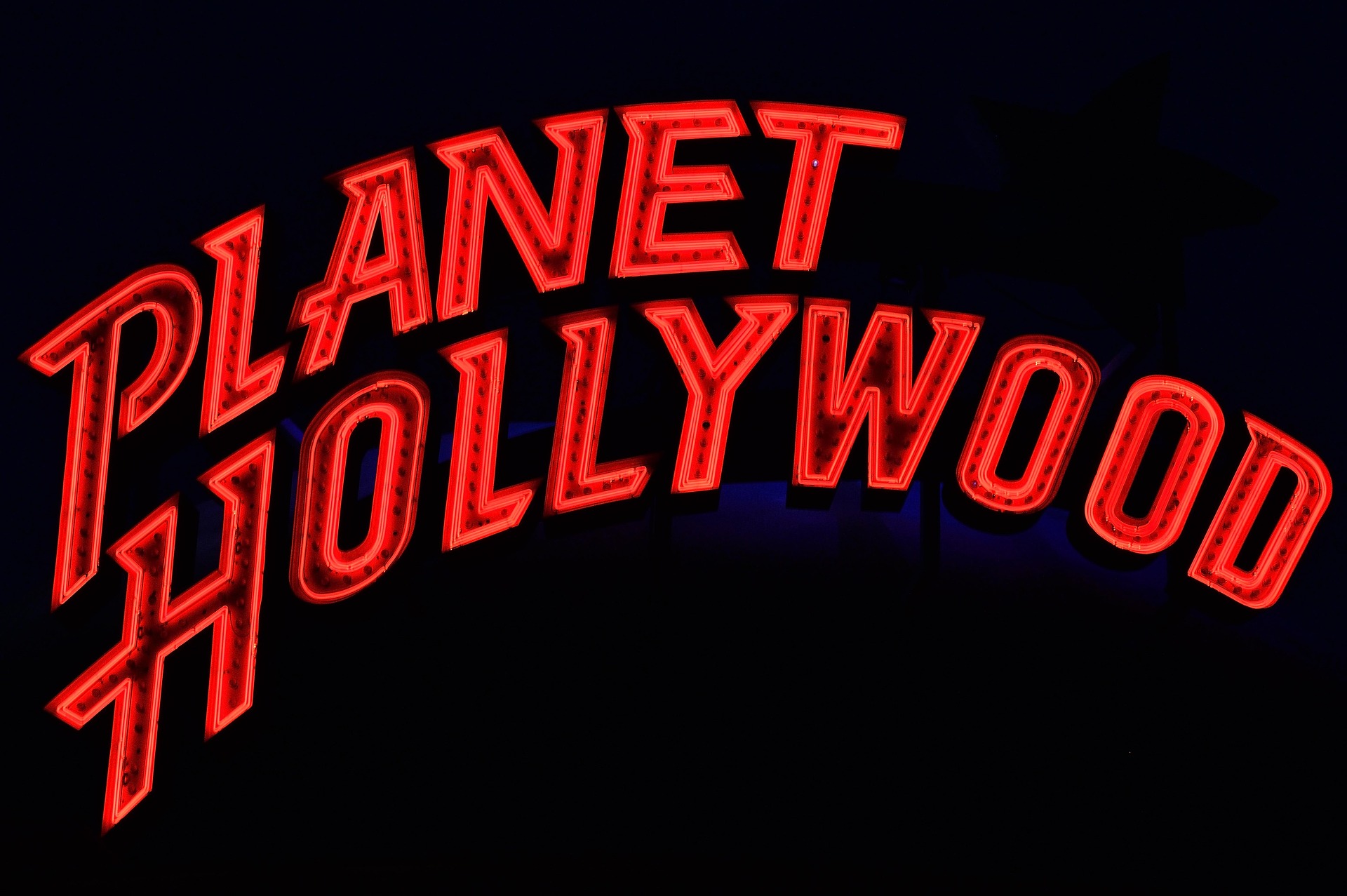Decrypting Li-Fi: Breaking Down Light-Based Connectivity
Hooking the reader in sixty words is no easy feat - can you imagine replacing your Wi-Fi with light? Well, that's the magic behind the unexplored world of Li-Fi technology. This intriguing internet craze is set to redefine the future of digital communication.

Decoding the Journey of Li-Fi
Light Fidelity, often dubbed as Li-Fi, is a wireless communication technology that uses light to transmit data. While Wi-Fi uses radio waves to share information, Li-Fi makes use of light. Tracing the origin back to 2011, Harald Haas demonstrated Li-Fi during a TEDGlobal talk. The first-ever Li-Fi product, an office lighting system, was declared commercial in 2014, but the technology has progressively gained momentum.
Where Li-Fi Stands Today: Current Trends
Being in its nascent stages, Li-Fi is making its presence prominent with the promise of speed and security. With an estimated market value of $133.88 million in 2022, it is predicted to witness a Compound Annual Growth Rate (CAGR) of 141.8% during 2023-2028. The technology claims to deliver high-speed data transmission, reaching up to 224 gigabytes per second - a level that Wi-Fi can only dream of.
Understanding the Navigator: The Technology
Li-Fi employs the technique termed as Visible Light Communication (VLC). In this concept, data is transmitted by the rapid flickering of LED lights that are invisible to the human eye. LEDs are switched on and off up to millions of times per second, creating binary codes that convey data. The receiver then decodes this flickering light into an electrical signal, translating it back into a binary data stream.
The Reverberations: Impact and Challenges
Li-Fi has the potential to transform wireless communication by increasing bandwidth, minimizing interference, and providing greener and safer data transmission. It also encourages faster and more secure networks in industries like healthcare, aviation, and underwater communications.
However, Li-Fi’s reach is subject to the availability of light and can’t penetrate walls. This raises questions about its practicality and interoperability besides the existing Wi-Fi networks. Establishing industry-wide standards and ensuring the compatibility of currently used devices with Li-Fi are obstacles needing resolution.
Future Outlook: Bridging the Practicality Gap
With further advancements and overcoming the existing challenges, Li-Fi could play a pivotal role in decongesting networks and fulfilling the ever-increasing demand for high-speed internet. With the hotspot market expected to grow by 120% by 2028, Li-Fi could provide a promising and efficient alternative to Wi-Fi networks.
Navigating the paradigm shift from radiofrequency-based communication to light-based internet protocol is a daunting yet exciting pathway. The industry grapples with the paradox of embracing the novelty that could lead to transformative advancements and coping with the technological challenges this could serve up.
Carving a niche for itself within the telecom and internet landscape, Li-Fi represents the promise of a future where our searches, downloads, uploads, and streaming could become faster than ever imagined. While the practicality hurdles can’t be ignored, neither can the potential.
From being a mere concept in 2011, Li-Fi has come a long way and holds great promise for the future. As the digital world demands more speed, stability, and security, the illumination of Li-Fi technology is expected to shine brighter in the sector of telecommunication and internet infrastructure, one flicker at a time.




